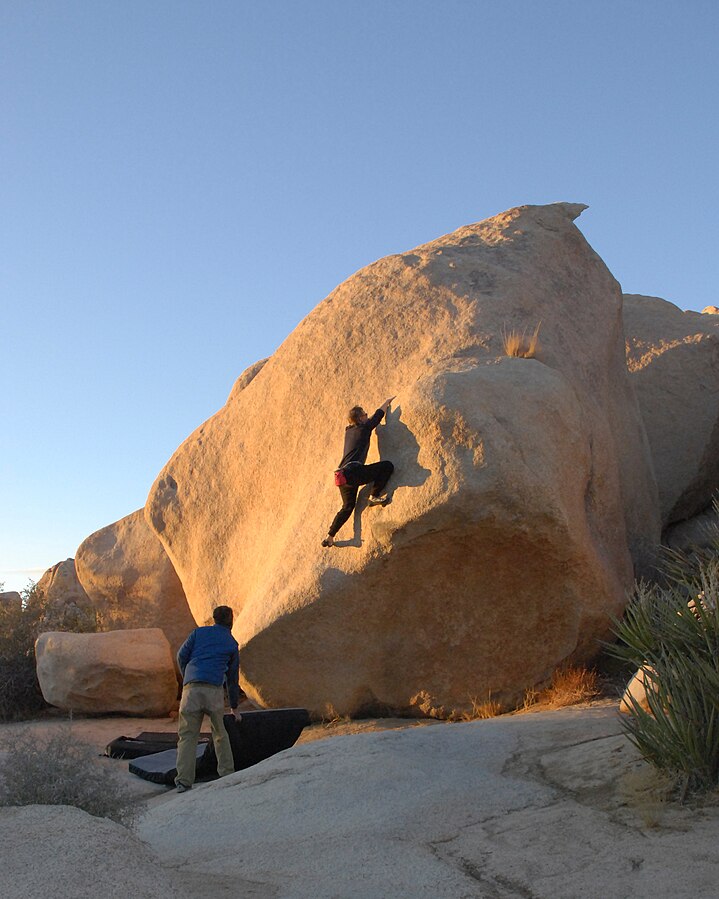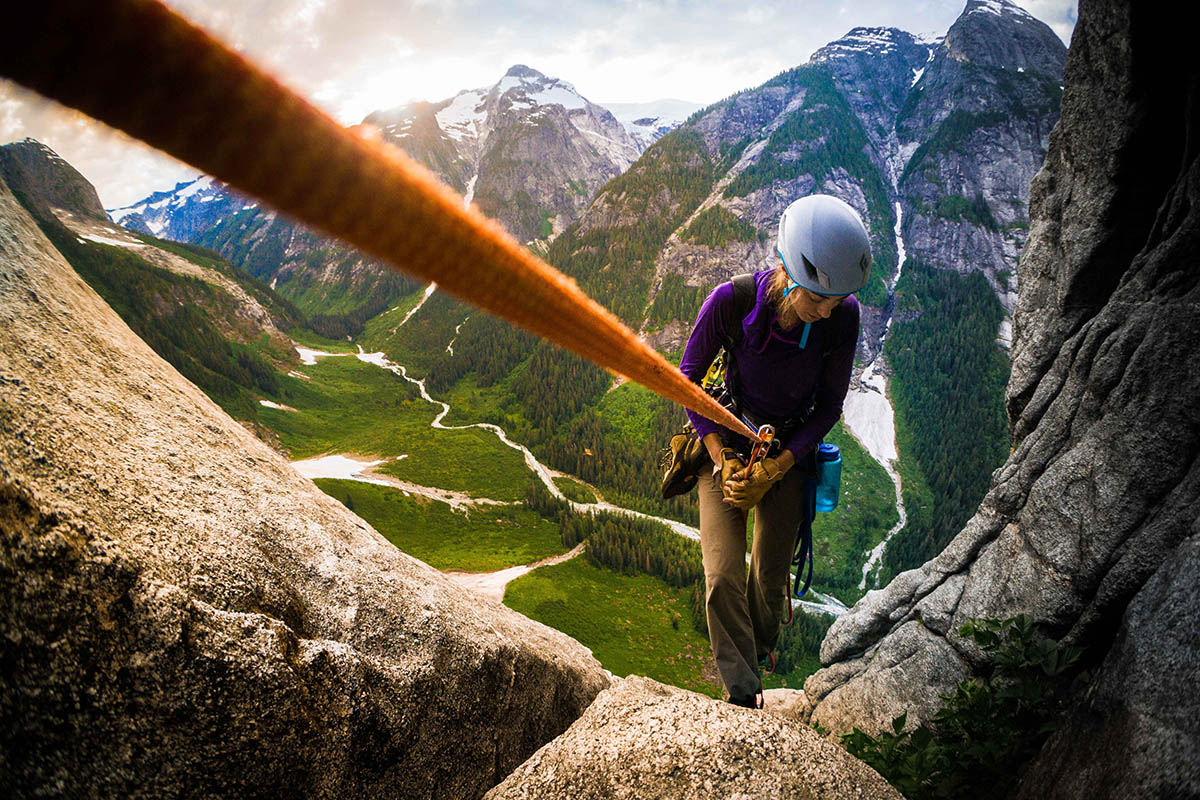Tokyo 2021
Did you know rock climbing is an Olympic sport now?

Rock climbing is a sport in which participants climb up, down or across natural rock formations or artificial rock walls. The goal is to reach the summit of a formation or the endpoint of a usually pre-defined route without falling. Rock climbing is a physically and mentally demanding sport, one that often tests a climber's strength, endurance, agility and balance along with mental control. Knowledge of proper climbing techniques and the use of specialized climbing equipment is crucial for the safe completion of routes.
Professional rock climbing competitions have the objectives of either completing the route in the quickest possible time or attaining the farthest point on an increasingly difficult route. Indoor rock climbing is typically split into three disciplines. These disciplines are bouldering, lead climbing, and top roping. Generally speaking, beginners will start with top roping and/or easy bouldering and work their way up to lead climbing and beyond.
Bouldering is a form of free climbing that is performed on small rock formations or artificial rock walls without the use of ropes or harnesses. While bouldering can be done without any equipment, most climbers use climbing shoes to help secure footholds, chalk to keep their hands dry and to provide a firmer grip, and bouldering mats to prevent injuries from falls. Unlike free solo climbing, which is also performed without ropes, bouldering problems (the sequence of moves that a climber performs to complete the climb) are usually less than 6 meters (20 ft.) tall.

Top rope climbing (or top roping) is a style in climbing in which the climber is securely attached to a rope which then passes up, through an anchor system at the top of the climb, and down to a belayer at the foot of the climb. The belayer takes in slack rope throughout the climb, so that if at any point the climber were to lose their hold, they would not fall more than a short distance.

Lead climbing is a climbing style, predominantly used in rock climbing. In a roped party one climber has to take the lead while the other climbers follow. The lead climber wears a harness attached to a climbing rope, which in turn is connected to the other climbers below the lead climber. While ascending the route, the lead climber periodically connects the rope to protection equipment for safety in the event of a fall. This protection can consist of permanent bolts, to which the climber clips quickdraws, or removable protection such as nuts and cams. One of the climbers below the lead climber acts as a belayer. The belayer gives out rope while the lead climber ascends and also stops the rope when the lead climber falls or wants to rest.

For more information on the sport of rock climbing click the button below to get in contact. Or click the link.
Rock climbing is not widely known but I am so happy to see it represented in the Olympics now!Read more about rock climbing